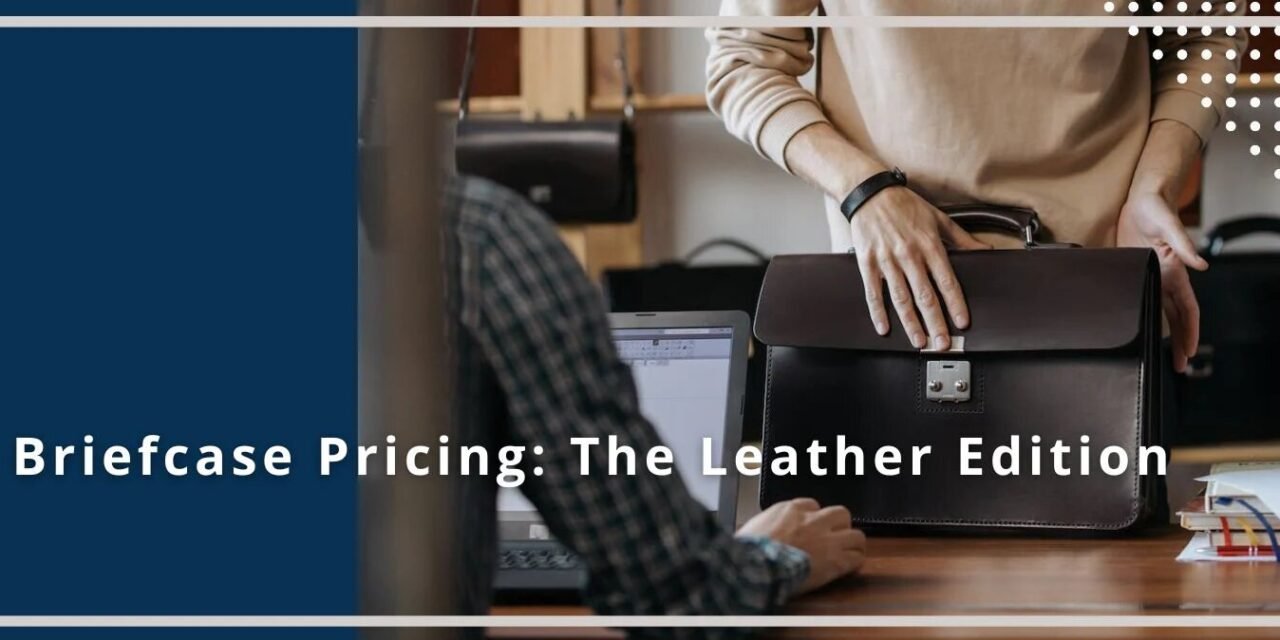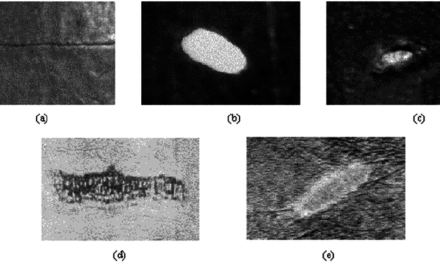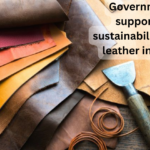The pricing of leather briefcases and laptop bags depends on a combination of material quality, manufacturing processes, brand positioning, and market demands. Premium leather goods are often seen as luxury products, but pricing also reflects factors such as durability, functionality, and aesthetic appeal. Here are the key factors that determine the pricing of leather briefcases and laptop bags:
1. Type and Quality of Leather
The quality of leather is the single most significant factor affecting pricing:
- Full-Grain Leather:
- The highest-quality leather made from the top layer of the hide. It is durable, long-lasting, and develops a rich patina over time.
- Bags made from full-grain leather are priced higher due to its premium status and superior aesthetics.
- Top-Grain Leather:
- A slightly processed version of full-grain leather where imperfections are sanded off. It retains durability but has a more uniform finish.
- Generally less expensive than full-grain leather but still considered high-quality.
- Genuine Leather:
- A lower-grade leather made from the layers below top grain. It is cheaper but less durable and may wear out more quickly.
- Alternative Leather Materials:
- Vegan or synthetic leathers (e.g., PU-coated or plant-based alternatives like cactus leather) are gaining popularity. They are often priced lower but appeal to eco-conscious consumers.
- Leather Source:
- Exotic leathers, such as crocodile, ostrich, or goat leather, command higher prices due to their rarity and unique textures.
- Ethically and sustainably sourced leathers also add to costs.
2. Manufacturing Process and Craftsmanship
The level of skill and labor involved directly influences pricing:
- Handmade vs. Machine-Made:
- Handmade leather bags, which require skilled artisans for cutting, stitching, and finishing, are significantly more expensive due to labor intensity.
- Machine-made bags reduce production time and labor costs, resulting in more affordable pricing.
- Stitching Quality:
- High-quality bags use reinforced stitching with durable threads like waxed nylon or polyester. This increases production costs but improves longevity.
- Precision Techniques:
- Advanced methods, like laser cutting for intricate patterns or heat bonding for seamless designs, add to manufacturing expenses.
- Quality Control:
- Rigorous quality checks for durability, stitching integrity, and finish consistency can increase costs but ensure superior products.
3. Hardware and Accessories
The quality and type of hardware used in leather bags significantly affect pricing:
- Zippers:
- Premium zippers like YKK or RiRi are durable and smooth but cost more than generic alternatives.
- Buckles, Locks, and Clasps:
- Hardware made from brass, stainless steel, or zinc alloy adds to the price. Customized or branded hardware further raises costs.
- Handles and Reinforcements:
- Leather handles reinforced with metal rivets or additional stitching increase durability but add to the cost.
- Lining Materials:
- Interior linings made of premium suede, microfiber, or high-thread-count cotton cost more but elevate the bag’s functionality and aesthetics.
4. Design and Functionality
The complexity of the design and the bag’s features can influence pricing:
- Multi-Compartment Organization:
- Briefcases and laptop bags with multiple pockets, zippered sections, and dedicated laptop sleeves require more materials and labor, raising costs.
- Convertible Designs:
- Bags that can transform into backpacks, crossbody bags, or have modular compartments are priced higher due to added engineering and functionality.
- Smart Features:
- Integration of features like USB charging ports, RFID-blocking pockets, and Bluetooth tracking raises the cost due to added components and technology.
- Aesthetic Complexity:
- Custom patterns, embossed logos, and decorative stitching add production time and costs.
5. Brand Positioning and Reputation
The brand name and its reputation play a significant role in determining pricing:
- Luxury Brands:
- Established luxury brands (e.g., Gucci, Prada, or Louis Vuitton) charge a premium due to their brand equity, exclusivity, and craftsmanship.
- Niche Craftsmanship Brands:
- Smaller boutique brands specializing in handmade, artisanal leather bags often command higher prices for their unique designs and limited production runs.
- Mass-Market Brands:
- Mid-tier brands focus on affordability and scalability, offering quality products at lower price points by optimizing manufacturing costs.
6. Sustainability and Eco-Friendly Practices
Bags made with sustainable practices or eco-conscious materials often carry a premium price:
- Vegetable-Tanned Leather:
- Environmentally friendly tanning methods are costlier and time-consuming compared to chrome tanning.
- Sustainable Materials:
- Vegan leather options, such as Piñatex (pineapple leather) or mushroom leather, involve advanced technologies and higher production costs.
- Zero-Waste Manufacturing:
- Brands that minimize waste and use recycled leather often price their products higher to cover sustainable production costs.
7. Production Volume and Scale
- Limited Edition or Custom Bags:
- Bags produced in small quantities or with personalized features (e.g., monograms) have higher production costs, increasing their price.
- Mass Production:
- Large-scale production reduces costs per unit, enabling more affordable pricing.
8. Import Duties and Logistics
For leather bags intended for international markets, factors like customs duties, freight charges, and supply chain costs can influence pricing:
- Raw Material Sourcing:
- If leather or hardware is imported, fluctuations in exchange rates and transport costs can impact prices.
- International Shipping:
- Shipping fees for export markets contribute to the final retail price.
9. Durability and Warranty
Leather bags with extended warranties or guarantees are priced higher because they reflect superior materials and construction quality:
- Lifetime Warranties: Brands offering lifetime repairs or replacements build these costs into the product pricing.
- Durability Tests: Additional costs are incurred for rigorous testing (e.g., abrasion resistance, tensile strength) to ensure the bag meets durability standards.
10. Market Demand and Competition
Pricing is also influenced by market conditions and competition:
- Consumer Demand: Popular styles and features may command higher prices, especially if they align with current trends.
- Competition: Brands must balance pricing to remain competitive without compromising quality. Lower-cost synthetic alternatives can influence leather pricing strategies.
Conclusion
The pricing of leather briefcases and laptop bags is influenced by a combination of raw material quality, craftsmanship, functional features, and market positioning. High-end products typically feature premium materials like full-grain leather, sophisticated designs, durable hardware, and sustainable production methods, while mid-range and budget options balance quality with cost-efficiency. Brands that offer added value through innovation, warranties, and eco-friendly practices can justify higher prices, appealing to modern consumers who prioritize durability, functionality, and responsible sourcing.
Hashtags
#LeatherCraftsmanship #HandmadeLeather #LuxuryGoods #LeatherGoods #LeatherAccessories #LeatherLifestyle #LeatherLove #LeatherObsessed #LeatherAddict #LeatherStyle #LeatherFashion #LeatherObsession #LeatherArtisans #LeatherMakers #LeatherDesign #LeatherQuality #LeatherPerfection #LeatherPerfectionists #LeatherInvestment #LeatherLuxury #LeatherTrends














